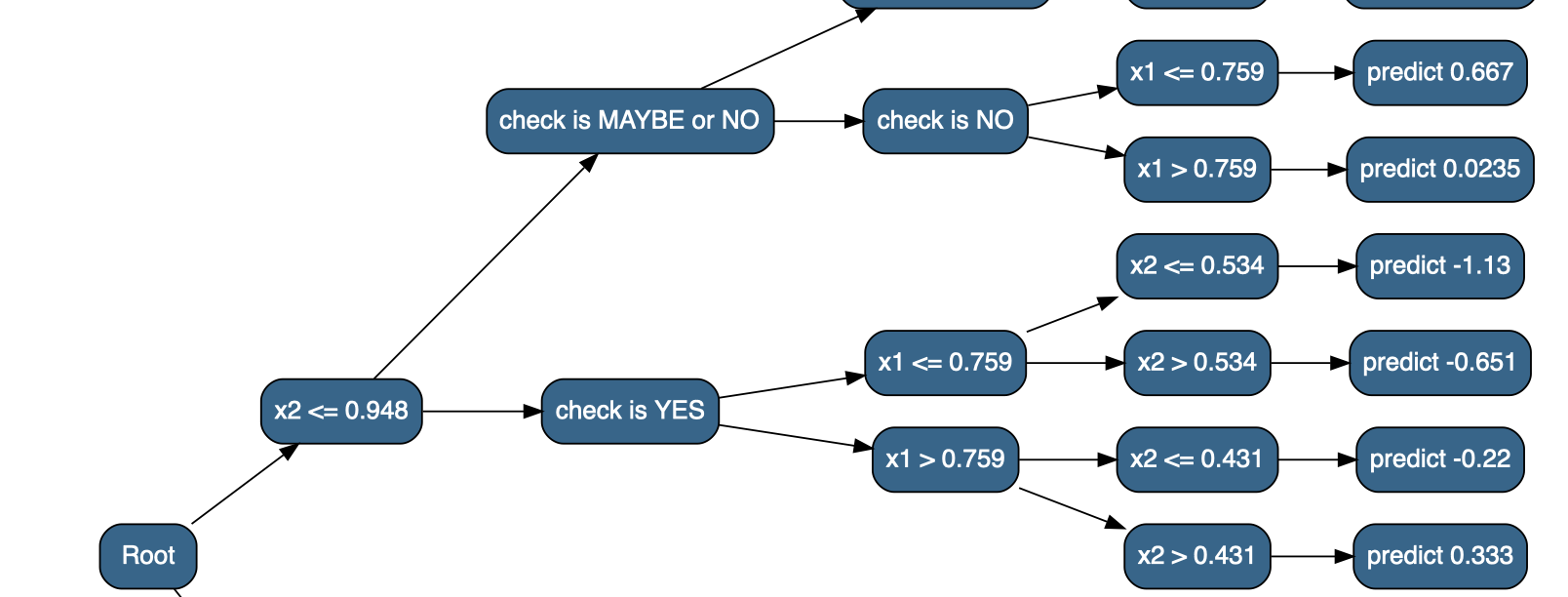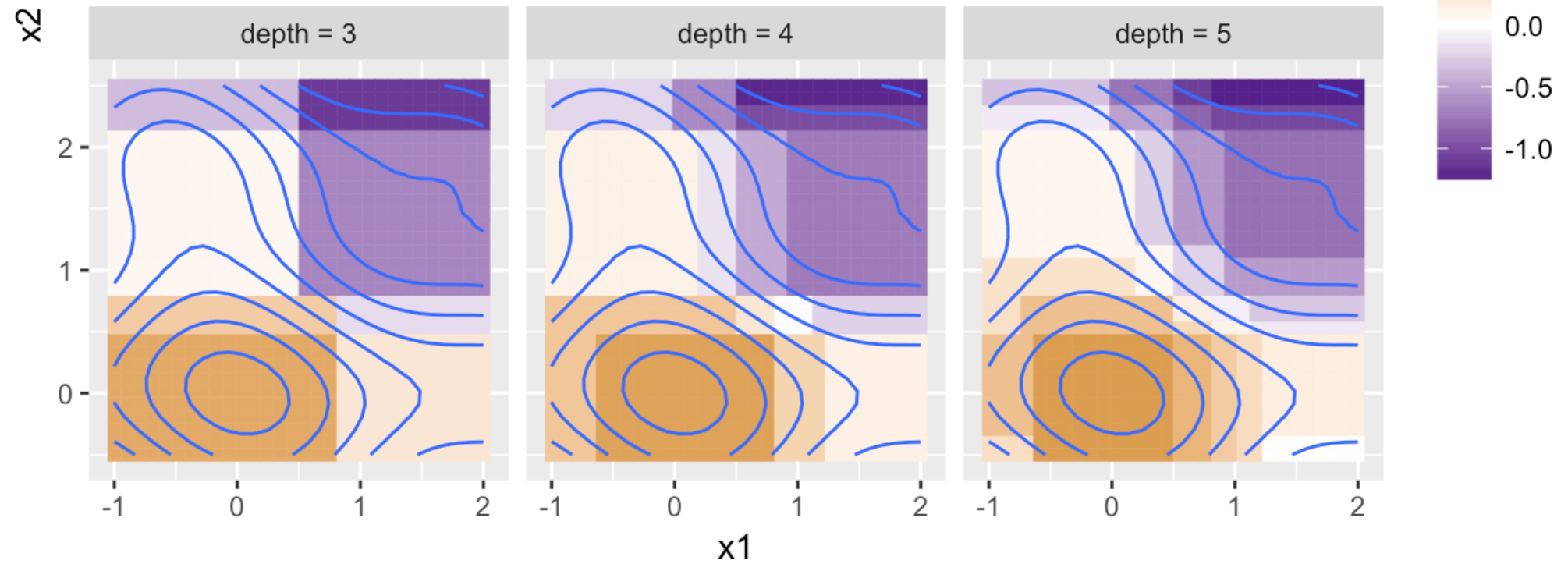TidyTensor is an R package for inspecting and manipulating tensors (multidimensional arrays). i It provides an improved print() function for summarizing structure, named tensors, conversion to data frames, and high-level manipulation functions. Designed to complement the excellent keras package, functionality is layered on top of base R types. TidyTensor was inspired by a workshop I taught in deep learning with R, and a desire to explain and explore tensors in a more intuitive way.
| Home | Bio/About | Tags |







